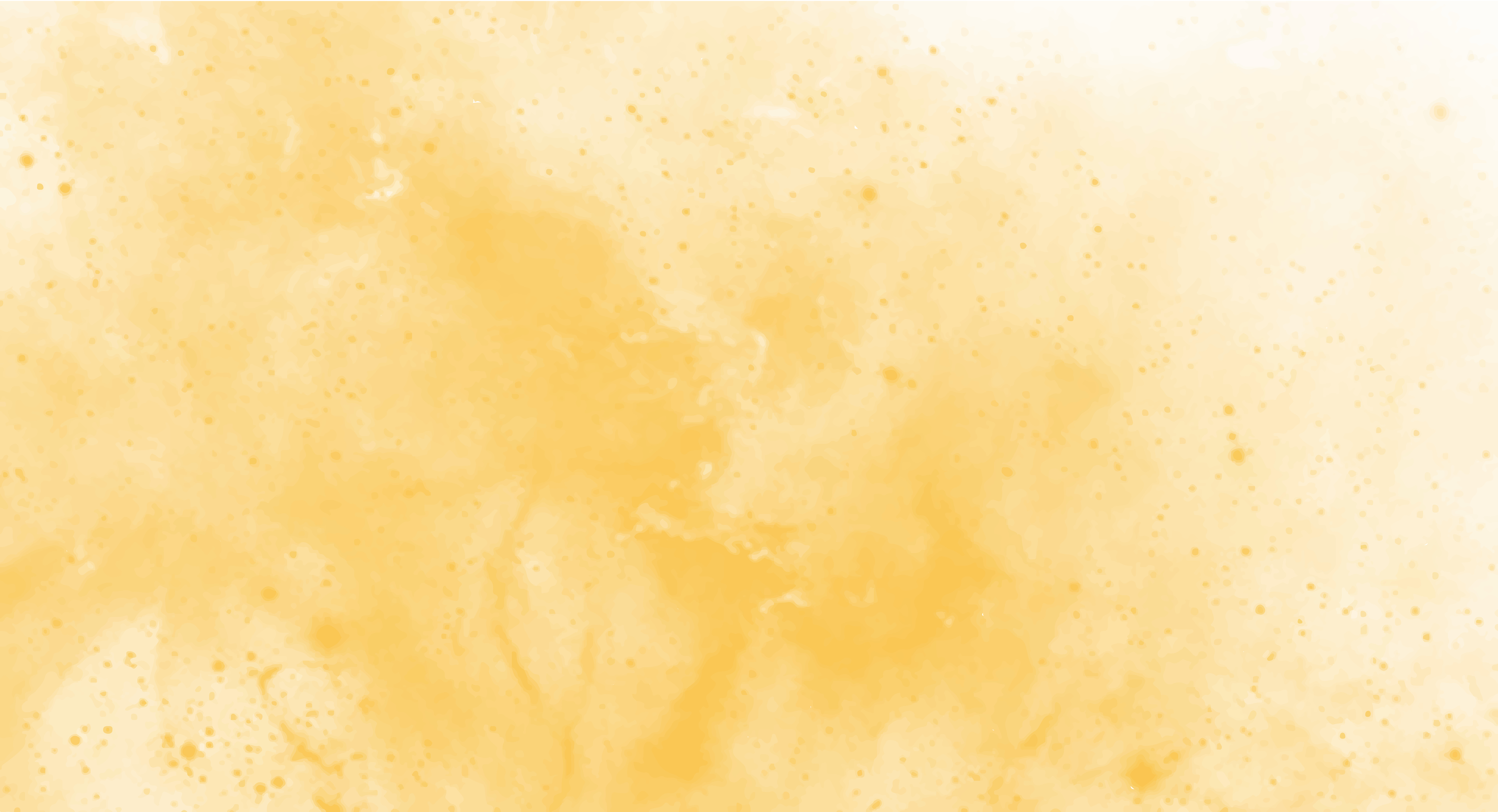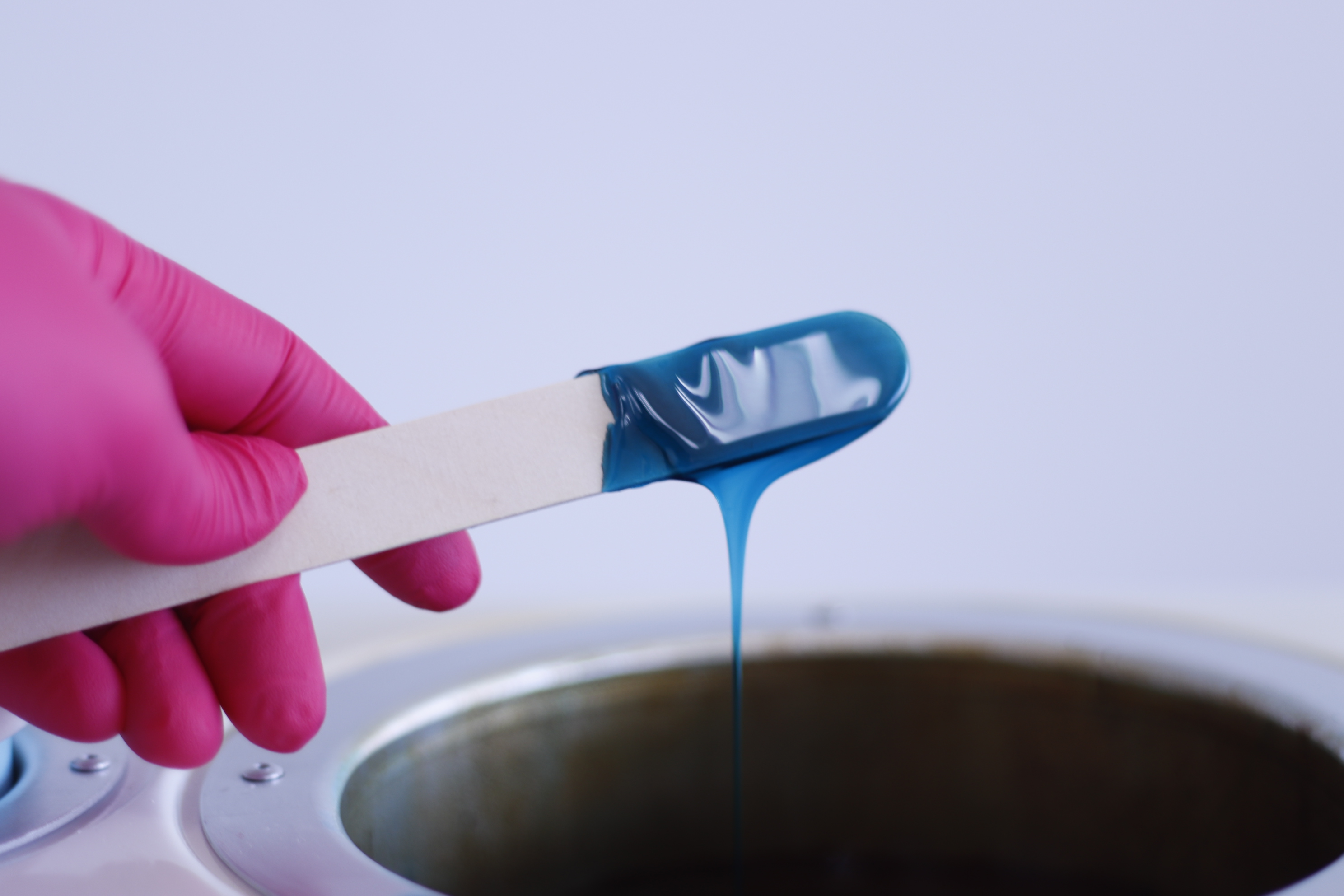Sugaring




.png)
What is Sugaring?
Sugaring is an all-natural method of hair removal that dates back to ancient civilizations. Using a warm paste made from just sugar, lemon, and water, the treatment adheres only to hair and dead skin cells—making it a less painful, less abrasive option than traditional waxing. Sugaring removes hair in the natural direction of growth, reducing breakage and ingrown hairs, and supporting smoother skin over time.
How Sugaring Works
A skilled provider applies the sugaring paste by hand and uses a quick flicking motion to lift the hair from the root. The paste only sticks to the hair and not live skin cells, making the treatment more comfortable and ideal for sensitive areas like the bikini line, underarms, and face. Sugaring also acts as a gentle exfoliant, helping to remove dull surface cells while conditioning the skin for a smooth, even finish.
Common Areas for Sugaring
Sugaring can be used nearly anywhere on the body, including:
- Face (brows, upper lip, chin)
- Arms and underarms
- Legs and thighs
- Bikini and Brazilian areas
- Chest and back
- Stomach and shoulders
With regular appointments, sugaring can reduce hair regrowth and lead to finer, sparser hair over time.

Sugaring provides a natural, effective alternative to waxing—leaving skin smooth, exfoliated, and hair-free with less irritation.

FAQ
FAQs
You've got questions? We've got answers.
Is sugaring painful?
Most clients find sugaring more comfortable than waxing, especially in sensitive areas. The paste only adheres to hair and dead skin cells, not live tissue.
How long does sugaring last?
Hair regrowth typically appears in 3–5 weeks. Regular treatments can lead to finer, slower-growing hair over time.
Is there any downtime?
No downtime is required. Your skin may be slightly pink afterward, but this usually subsides within a few hours.
Can I get sugared if I have sensitive skin?
Yes, sugaring is an excellent choice for sensitive skin types. It’s less abrasive than waxing and uses all-natural ingredients with no harsh additives.
.png)